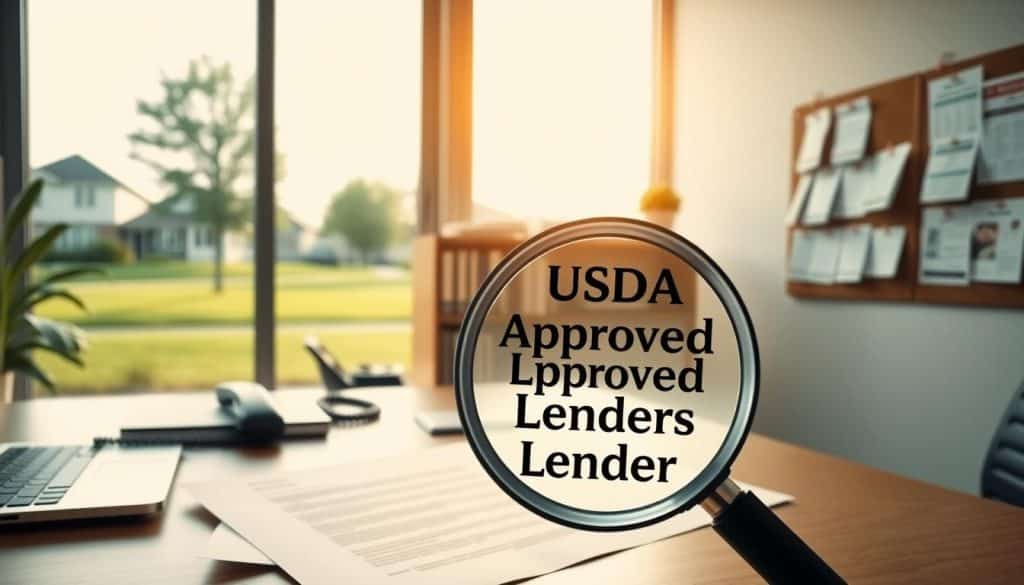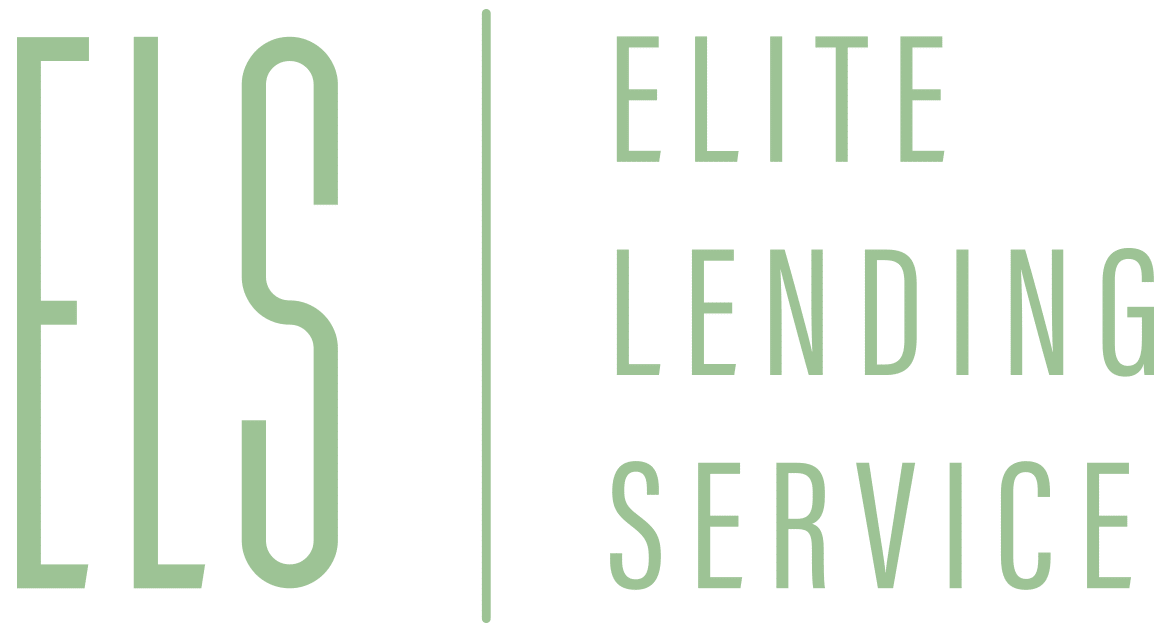Table of Contents
Ever wondered *How do I apply for a USDA House loan?* or dreamed of owning a home with no down payment while living in a rural area? The USDA loan program is designed for folks with low to moderate incomes, and it’s packed with perks plus a few rules to keep in mind. Figuring out how to apply is a must if you want to take advantage of it.
This guide is here to break it down step-by-step. You’ll discover what you need to qualify, the papers to gather, and how to keep the whole process smooth. Our goal is to turn the goal of homeownership into a clear, doable path.
Key Takeaways
- USDA loans help low- to moderate-income homebuyers in rural communities.
- Most people qualify if their income is no higher than 115% of the local median.
- You can buy a home with no money down, and that sets USDA loans apart from standard financing.
- Lenders usually ask for a credit score between 560 and 620, but that can vary.
- To apply, the first step is to visit a USDA-approved lender and get a pre-approval letter.
- In Florida, more than 80% of the state is eligible, opening the door to many prospective homebuyers.
Understanding USDA Loans
If you’re dreaming of homeownership, learning about USDA loans could be a game changer. These loans are specifically designed for buying houses in rural and some suburban areas where choosing a home in a nearby big city, and they let you close with no money down, so lack of savings doesn’t hold you back.
What is a USDA Loan?
Simply put, a USDA loan is a mortgage the government guarantees. It’s for those who want to put down new roots in designated rural areas. The standout perk is you can buy a house without needing to save for a down payment. Right now, USDA borrowers are seeing rates around 4.625%; in contrast, standard loans are around 7.36%—that’s a big difference.
Benefits of USDA Loans
USDA loans pack a lot of benefits. The government-backed rate tends to be lower, which means more money stays in your pocket each month. Even if your credit score is 580, approval is still within reach. Just as importantly, you won’t pay private mortgage insurance (PMI), so there’s one less bill each month. Lenders—like New American Funding—are also rolling out down payment assistance, giving you even more reasons to make a USDA loan your first choice.
Eligibility Requirements
Figuring out if you can get a USDA loan is a big step if you want to buy a home. Three main things to check are income, where the house is, and your credit score. These parts each play a big role in whether you qualify.
Income Limits Explained
The amount of money your household earns has to stay below a certain number. These earners caps shift based on how many people are in your home and what the income is in your area. For 2024, a family of five to eight people can pull in as much as $146,050.
Basically, your income can reach 115% of what the national middle family makes. The goal is to assist low to moderate earners living in rural communities.
Geographic Restrictions
USDA loans are meant for homes in rural places, and buyers have to stick to that rule. The idea is to boost home ownership where it’s less crowded. Always check that the address falls within the eligible zones before you get serious.
Credit Score Considerations
Most of the time, a 640 score is what USDA lenders want to see. Sometimes lenders are flexible, but it’s a good number to have. A decent credit score proves that you handle money responsibly.
The quicker you understand how your credit affects the process, the sooner you can get to shopping for your new home.

Preparing for the Application
The more you prepare for a USDA loan application, the less stressful the actual process becomes. The first step is knowing exactly what paperwork you’ll need. This helps the application move quickly and improves the chances you’ll get the loan you want.
Gathering Necessary Documents
Collecting the right documents is a must for a USDA loan. Start by getting recent pay stubs, the last two years’ W-2 forms, and tax returns. You’ll also want two months’ worth of bank statements. These records give lenders a clear view of your finances.
If you receive other types of income, like child support, you’ll need to show proof of that, too. The goal is to have a complete picture so everyone is on the same page right from the start.
Pre-Approval Process
Pre-approval is the next logical step. This process looks at your financial picture and helps you and the lender see if a loan is right for you. The lender checks your credit score, income, and what percentage of your income already goes to debt.
This helps ensure that you can comfortably pay your new mortgage each month. Knowing your loan amount and monthly payment can also help you set a budget and strengthens your offers when you’re ready to buy a house.
Finding a USDA Approved Lender
Finally, you need to link up with a USDA-approved lender. You can find one directly, but a mortgage broker may save you time. Brokers have current lists of lenders who process USDA loans and can guide you to the one that meets your financial needs the best.
The Role of a Mortgage Broker
When you want a USDA loan, a mortgage broker does the heavy lifting. They look at your income, assets, and credit score to see if you qualify. After that, they assist you with the application and connect you to lenders that best fit your needs.
Why Pick Elite Lending Service?
Elite Lending Service stands out for USDA loans. They pride themselves on friendly customer support and deep industry know-how. Brad Bailey walks you through each step, making sure you understand the terms and matches you to the best lender for your situation.

The Application Process
Yes, applying for a USDA loan looks tricky, but take it step by step, and you’ll be done before you know it. This short guide covers everything, from choosing a lender to signing the last page.
Follow This Step-by-Step Application Guide
First, research lenders who offer USDA loans. Give them a call to find out what documents you’ll need. Double-checking these details keeps you from making errors later. This step will save you time and headaches.
Once you choose a lender, get preapproved. This means the lender looks at your finances, including your income and credit score. Preapproval is a major milestone that gets your foot in the door.
With preapproval, you’ll fill out the entire loan application. Along with the form, submit your financial documents and proof that you meet USDA guidelines. The online form itself takes about 15 minutes, but it’ll go faster if you have everything ready.
Common Mistakes to Avoid
Steering clear of common missteps will speed things up. One frequent error is leaving income off the application. USDA counts every income source in your household, so report everything. Also, keep in mind that your credit score matters. USDA wants a score of at least 620. If your score is below 640, the lender will need to review your file manually.
Don’t risk delays by missing key papers. Double-check that everything is complete and correct before submission. You should also verify that the home you want is in a USDA-approved zone—often these are in less populated, rural areas. By sticking to the steps in this guide, you improve your chances of a smooth loan process.
Next Steps After You Submit
Once you turn in your USDA loan application, it enters an important processing phase. At this point, the USDA team runs background checks and confirms the documents you sent. They focus on making sure you fit the program’s guidelines and that your finances can support the loan.
Processing the Application
Most of the processing step centers on the paperwork you provided. The team checks your income, what you own, and your credit record. Lenders base their decisions on complete and honest information, so submitting recent and correct documents is key to keeping the process moving quickly.
Understanding Underwriting
Once the application processing is complete, the underwriting stage begins. Here, a specialist examines your finances in detail. They verify that your income is steady, your credit is in good standing, and that your debts fall within acceptable limits. Underwriting is a careful step to ensure the loan is a safe fit for you and the USDA program.
Having too much debt can keep a lender from approving your loan. Compared to a regular mortgage, this whole process can be a bit slower. It can take anywhere from 30 to 60 days because the USDA and the lender both have to give the green light.

Closing on Your USDA Loan
Getting to the closing on your USDA loan is the finish line on the path to home ownership. This step is when the ownership changes hands through the signing of documents, the payment of closing fees, and the handing over of keys. Being clear about the closing day and knowing what to bring makes the event move quickly and keeps nerves steady.
What to Expect at Closing
On closing day, you’ll put your initials and signature on key papers such as the closing disclosure and the mortgage agreement. The total closing costs can add up to between 2% and 6% of the home’s purchase price. For a house priced at $250,000, that means the closing costs could run anywhere from $5,000 on the low end to $15,000 at the highest. Thankfully, you don’t have to cover all of that from your savings.
In a USDA deal, sellers can sometimes help pay those costs. A seller can contribute up to 6% of the home price, letting you bring home keys with a little less up-front cash.
Finalizing Your Mortgage
Finishing up the USDA loan means you’ll pay a few last fees. The first is the upfront guarantee fee, which is 1% of the total loan amount. The good news is you can add that charge right into the mortgage. The loan will also carry an ongoing fee—0.35% of the loan amount, calculated on a yearly basis.
Make sure your budget accounts for both fees. In some cases, if the home appraises for a higher amount than the purchase price, the difference can be applied to closing costs—softening your initial cash requirement even more.
Special Programs Within USDA Loans
The USDA offers loans for different needs in mostly rural areas, but not every option works for the same person. So, it helps to get to know guaranteed and direct loans. Guaranteed ones fit families with moderate pay who can put zero down. Direct loans serve low-income families, sometimes with costs that are even lower because the USDA chips in.
Guaranteed Loans vs. Direct Loans
A lender feels safer with guaranteed loans because the USDA promises to pay if something goes wrong. This security typically means lower interest rates, which makes the monthly habit lighter. In California, families who earn up to $111,000 can tap these loans. If the household is bigger, the earning ceiling can stretch to $314,400.
Direct loans land lighter in the budget from the start because the income cap is smaller. In both kinds, lenders usually ask for a credit score of at least 640, but flexibility may show up when lenders glance at the whole financial picture.
Single Family Housing Repair Loans
USDA repair loans lend a hand to families who own a home and worry that it isn’t safe anymore. Homes in rural areas are the main focus. These funds can repair leaky roofs, add grab bars, or replace a broken furnace, helping ensure a house can stay home for a long time.
These loans come with **no down payment**, so homeowners can get faster help with essential repairs. Want a plan that fits your financial goals? **Elite Lending Service** is here. Call us at **(904) 263-0376** or drop an email at **brad@elitelendingservice.com**. We’re committed to excellent, friendly service every step of the way.
FAQs About USDA Loans
A lot of folks have questions about USDA loans. Let’s break down the answers so everything feels simple. Understanding the USDA loan timeline and which properties qualify will save you time and heartburn.
How Long Does the Application Take?
Typically, the USDA loan approval takes **30 to 45 days** after the purchase agreement is signed. Timing can vary based on how complete your documents are and the specifics of your loan. Getting preapproved first shows where your budget really is and strengthens your offer.
Can I Use a USDA Loan for Any Property?
USDA loans are mainly for homes in rural areas, but some suburban neighborhoods close to cities may qualify, too. The home must be your primary residence, so no rentals or investment properties here. For the full eligibility scoop, check the USDA guidelines.
Contact Elite Lending Service for Assistance
Applying for a USDA loan can feel complicated, but we help you simplify the process every step of the way. Here at Elite Lending Service in Jacksonville, FL, a member of our team walks you through your USDA loan from start to finish. Brad Bailey heads up the team, ensuring you have a dedicated mortgage expert by your side the whole time.
We regularly track the Jacksonville-area housing market, which means we explain how market shifts may affect your options and how we can keep your loan on the good side.
Personalized Support from Brad Bailey
Brad Bailey boosts your chance at the best possible loan. Drawing from years in the field, he regularly finds ways to stretch budget and improve interest rates. When you start your USDA loan process with us, you tap into loan tools, rate alerts, and progress trackers created for applicants like you.
This network of services moves with you, offering help from preapprovals to closing your loan.
How to Reach Us
Ready to map out your USDA loan? Getting started is easy. Call Elite Lending Service at (904) 263-0376 or send a note to brad@elitelendingservice.com. We make the mortgage process smooth and return all emails and voicemails the same business day.
Additional Resources
Before kick-starting your USDA mortgage, we like to send applicants to the USDA’s official site [www.usda.gov](http://www.usda.gov), a gold mine of up-to-date loan guidelines. You can read which properties qualify, income thresholds, and a state map showing all eligible zip codes. With 97% of the country now open to a USDA loan, browsing the website is probably the best place you can start.
Links to USDA Website
The USDA site has a bunch of helpful info if you’re looking into a rural home. You can see what the income limits are for the guaranteed loans—basically, 115% of the local median income. The site also lists areas that are automatically eligible, like towns with fewer than 10,000 people. That way, you can quickly find a spot that works for you.
Further Reading on Home Loans
There’s still more to dig into about USDA loans and home financing. Understanding things like debt-to-income ratios and credit scores can help you make the best choice. Plus, knowing USDA perks—like no down payment—can really expand your options for buying a home. The extra research pays off.




